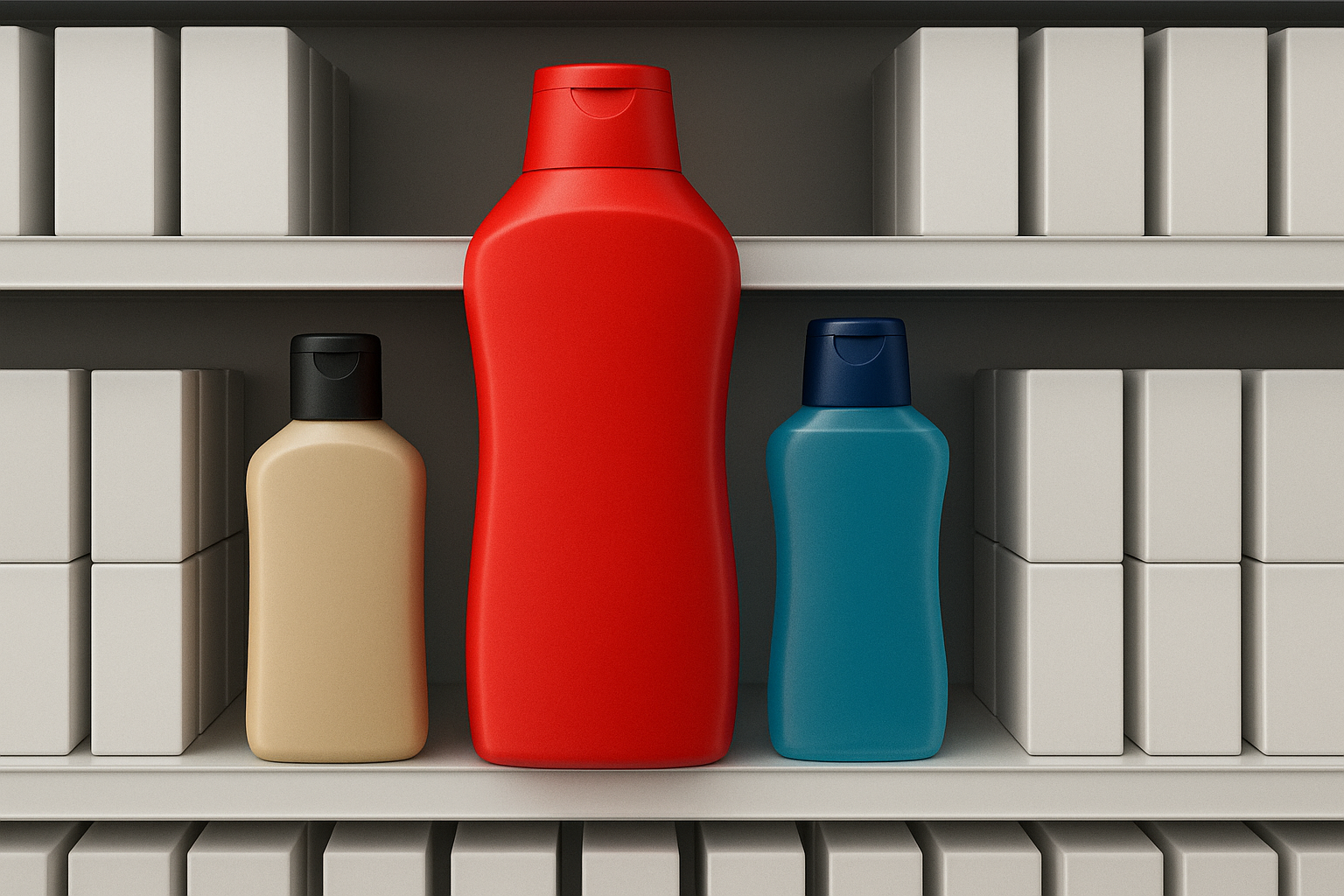What is an example of the salience bias?
When going to the supermarket, customers know that they should consider the healthy options available to them for their weekly meal planning, yet they often forget about this when they see the attractive packaging of a tube of biscuits or packet of crisps. The salience bias is at play in this scenario as the salient features of an item's packaging sway the consumer to make a decision that does not consider whether or not the item is a healthy option. As a result, the customer could make an inadvisable decision for their health that would have been avoidable if they were aware of the salience bias at play.
In retail, the objective is, of course, that your product/brand is salient and therefore stands out from your competitors in order to ensure that it catches the attention of the shopper and the impact will stay with them for longer.
Why does the salience bias happen?
The salience bias arises from unexpected contrasts between items and their surroundings. It is often provoked from subconscious factors, such as emotion, rather than physical features that are clearly evident. The salience bias develops over time as we become accustomed to prominent features in our day-to-day lives.
Salience bias in retail
Using contrast is one way of helping the salience bias to happen; for example, shoppers are so desensitised to most in-store environments now so it’s important to focus on making yours so atypical and different that it won’t fail to catch shopper’s attention.
It is important to be able to recognise which moments will create salient elements for shoppers in order to maximise communication potential for your brand:
1. Contrast
If every brand looks similar, then nothing stands out. Take cereals boxes, all rectangular with very bright colours, etc. A white circle or dark box would really stand out in that aisle. It's worth investing great design to out-do your competitors.
2. Emotion
The more emotional your brand, the more shoppers will engage with it. One sure-fire way to generate emotion and exploit the salience bias is to add imagery of other people to your brand display.
3. Adjacencies
Sometimes brands can appear a surprise just because of where they are located in-store. Research has shown that a crisps FSDU performed better in the sweet confectionery aisle than it did in the savoury snacks aisle, just because shoppers weren’t expecting it to be there.

Salience bias in everyday life
Making things more obvious can help with goals in any walk of life. For example, better money management and environmentally-friendly behaviour. As many personal-finance apps show, collating finances in one place, receiving notifications and reminders or calculating expenditure vs savings all make the information more obvious and plant it in the front of our minds. Similarly, salience bias has been proven to help salience can help with water consumption management. Researchers from Zurich University found that reminding people of how much water they were using whilst showering, meant they used less water, ultimately reducing waste.
Salience bias is a powerful cognitive bias that can alter human behaviours for the better, or worse...
How can the salience bias lead to bad decisions?
As humans, we are predisposed to focus on prominent and emotionally striking details which sometimes leads us to ignore potentially vital pieces of information. As a result, we often make irrational, emotion-led decisions which are not always the optimal choice. For example, succumbing to an unhealthy snack as opposed to a healthy one because the smell and taste are more salient than worries about how they may affect our health.
Summary
In summary, shoppers often prefer items that stand out more and/or that emotionally engage. If you can emotionally stand out more, then you are on to a winner.
Salience Bias is no.34 of 36 cognitive bias insights. Why not take a look a no.35: Third Person Effect?






